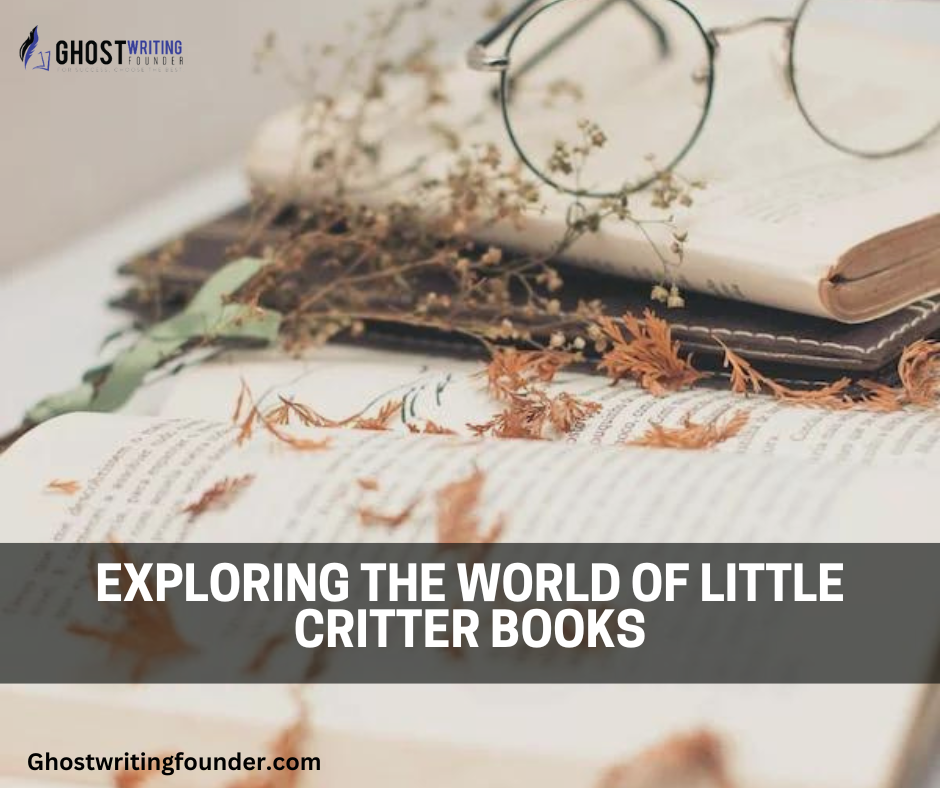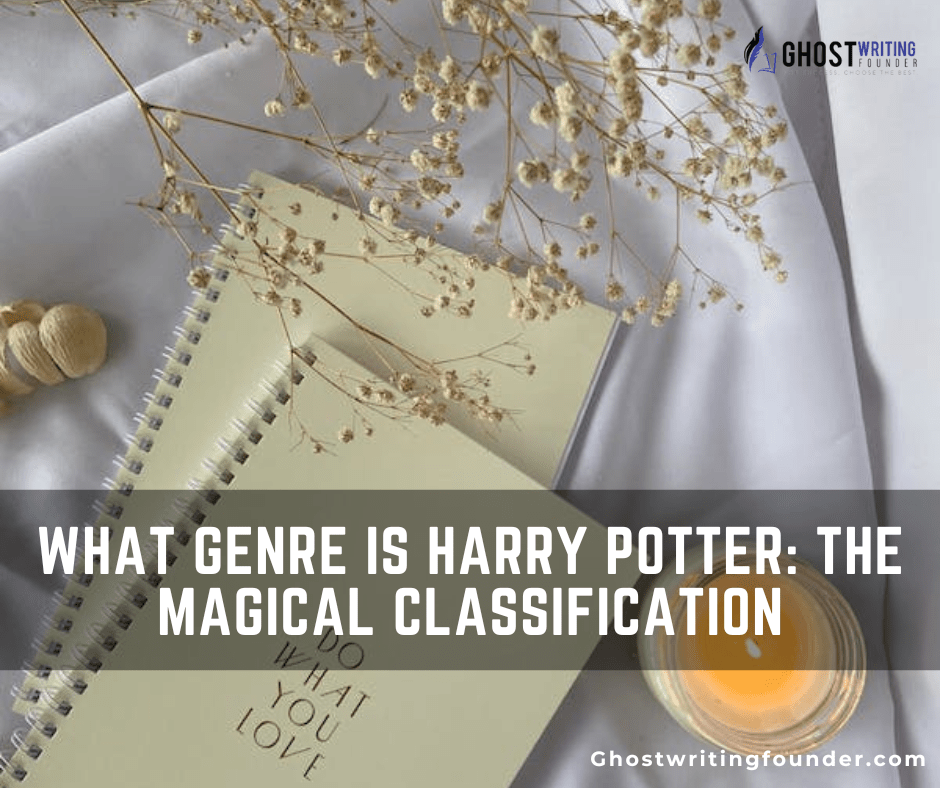
Writing
As readers, we are often drawn to books and articles that transport us to another world, be it a work of fiction or fantasy. However, there is a genre of literature that presents the facts and real-life experiences of people, places, and events – Non-Fiction. In this article, we will explore what non-fiction is and the various sub-genres that fall under it.
What is Non-Fiction?
It is literature presenting factual information about real-life people, events, places, or ideas, It is different from fiction, which gives imaginary stories and characters. This can be found in various forms, such as books, articles, essays, memoirs, biographies, and autobiographies.
Sub-Genres of Non-Fiction
Non-fiction can be divided into sub-genres based on the content type. Here are a few of the most well-known factual subgenres to consider in more detail:
Biography
Biographies are non-fiction books that chronicle the life and experiences of a person. A biography is usually written by someone else and is based on extensive research and interviews. Biographies often focus on famous people, such as politicians, celebrities, and historical figures. For more on this, read What is Biography?
Autobiography
An autobiography is a book that tells the story of a person’s life written by that person. Discover more in Autobiography vs. Biography. This kind of book is different from a biography because it is more personal, and the author tells the story from their point of view. Autobiographies can be about many things, like what happened when the author was a kid or what they did for work.
Memoir
Memoirs are similar to autobiographies in that they are both personal narratives. However, memoirs focus more on a specific event or period in the author’s life than a comprehensive overview. Memoirs are often used to reflect on a particular experience or to share a lesson learned. Learn more about this genre at Memoir vs. Autobiography.
Essay
Essays are non-fiction works that explore a particular topic or idea. Essays can be formal or informal, often presenting an argument or point of view. For insights into crafting compelling essays, see How to Write Non-Fiction Book. It can be found in various places, from academic journals to magazines and newspapers.
Journalism
Journalism is a form of non-fiction writing that focuses on reporting and investigating news and events. Journalists use a variety of sources and methods to gather information, and they are trained to write clearly and engagingly. Journalism can be found in newspapers, magazines, and online media outlets. For a deeper understanding.
Speeches
Speeches are talks that are meant to be spoken instead of written down. They are given by people like politicians, activists, and other important people, and they aim to share a message or motivate the audience. You can hear speeches in many places, like political events or school graduations.
Creative Non-Fiction
Creative is a genre of non-fiction writing that uses literary methods to tell a true story. It can take many forms, including memoirs, essays, and journalism. Creative factual fiction aims to tell a compelling and engaging story while remaining true to the facts.
History
History studies previous vents and their significance in shaping our world today. It involves researching and analyzing past events, individuals, and societies to understand how they have influenced human history. In the world of nonfiction, Memoir Writing Services are often utilized by experts or public figures who may not have the time or writing skills to write their books.
Examples of Popular Non-Fiction Books
We will explore some popular non-fiction books that have significantly impacted readers.
“The Power of Now” by Eckhart Tolle
“The Power of Now” is a spiritual guidebook about how important it is to live in the moment. The book tells people to live in the moment and not think about the past or worry about the future. It has been praised for its superficial but deep message, which has helped people become more aware and relaxed in their daily lives.
“The Immortal Life of Henrietta Lacks” by Rebecca Skloot
The book “The Immortal Life of Henrietta Lacks” is about a woman whose cancer cells were used in a medical study without her authorization or knowledge. Skloot looks at the moral questions raised by medical studies and how they can affect people and their families. People have said that the book does a brilliant job of putting a human face on medical ethics and telling powerful stories.
“The 7 Habits of Highly Effective People” by Stephen R. Covey
“The 7 Habits of Highly Effective People” is a self-help book with valuable tips on success and living a whole life. Covey talks about seven habits that he thinks are important for personal and professional growth, such as being aggressive, starting with the end in mind, and trying to understand before being understood. The book has become a landmark in the self-help field and has helped millions of people improve their lives. This book has been used for branding self-help, a concept further explored in Brands for Authors.
“Sapiens: A Brief History of Humankind” by Yuval Noah Harari
“Sapiens” is a work of literature that gives a broad look at the past of humans, from when Homo sapiens first appeared to the present day. Harari looks at the agricultural revolution, the rise of nations, and the scientific revolution that has significantly impacted human history. People have said good things about the book’s story, which is exciting and makes you think, and its ability to explain complicated ideas in simple terms.
“The New Jim Crow: Mass Incarceration in the Age of Colorblindness” by Michelle Alexander
“The New Jim Crow” is a book that explores the racial disparities in the criminal justice system in the United States. Alexander claims that the War on Drugs has led to a way of locking up many people, especially black Americans, which keeps racial injustice going. The book has influenced conversations about racial justice and criminal justice reform.
“Into Thin Air” by Jon Krakauer
“Into Thin Air” is a memoir that recounts Krakauer’s experience climbing Mount Everest in 1996, during which a disastrous storm claimed the lives of several climbers. The book explores the risks and rewards of extreme sports and the moral dilemmas that can arise in life-and-death situations. The book has been praised for its gripping storytelling and vivid portrayal of the harsh realities of high-altitude mountaineering.
“Man’s Search for Meaning” by Viktor E. Frankl
“Man’s Search for Meaning” is a memoir and a philosophical treatise that recounts Frankl’s experiences as a prisoner in Nazi concentration camps during World War II. The book explores the human capacity for resilience and the search for meaning in the face of extreme adversity. The book has influenced existential psychology and inspired readers to find purpose and meaning.
“The Elements of Style” by William Strunk Jr. and E.B. White
“The Elements of Style” is a classic guide to writing that offers practical advice on how to write clearly and effectively. The book covers grammar, punctuation, and style and has become a staple reference for writers of all levels. The book has been liked for its concise and straightforward advice and its ability to improve readers’ writing skills.
“The 4-Hour Work Week” by Timothy Ferriss
“The 4-Hour Work Week” is a self-help book that challenges the traditional idea of work-life balance. Ferriss argues that it is possible to achieve a fulfilling and successful career while still having time to pursue personal interests and hobbies.
Importance of Non-Fiction
It plays a vital role in our lives, providing information and knowledge about the world. It helps us understand our history, science, and society and provides new insights and perspectives. This encourages critical thinking and analysis, allowing us to form our opinions and beliefs. It can be used for branding and publicity factors also, as seen in the services offered by Content Development Services.
Key Characteristics and Profound Details
| Aspect of Non-Fiction | Key Insights | Examples/Authors |
|---|---|---|
| Nature of Non-Fiction | Focuses on factual information about real-life subjects. | “Sapiens: A Brief History of Humankind” by Yuval Noah Harari |
| Biographies & Autobiographies | Chronicles personal lives, either by the person themselves or by others. | “The Immortal Life of Henrietta Lacks” by Rebecca Skloot (Biography), “Man’s Search For Meaning” by Viktor E. Frankl (Autobiography) |
| Memoirs | Concentrates on specific events or periods in the author’s life. | “Into Thin Air” by Jon Krakauer |
| Essays and Journalism | Explores topics or ideas, often presenting an argument or reporting on events. | Essays in magazines/newspapers, Journalism in online media |
| Creative Non-Fiction | Blends factual storytelling with literary techniques. | “The New Jim Crow: Mass Incarceration In The Age Of Colorblindness” by Michelle Alexander |
| Instructional and Self-Help | Provides guidance and advice on various aspects of life. | “The 7 Habits Of Highly Effective People” by Stephen R. Covey, “The 4-Hour Work Week” by Timothy Ferriss |
| Historical and Scientific Works | Offers insights into history and scientific developments. | “The Elements Of Style” by William Strunk Jr. and E.B. White (Writing), “The Power Of Now” by Eckhart Tolle (Spirituality) |
Conclusion
Non-fiction is a diverse and essential genre of literature that provides factual information about real-life people, events, places, or ideas. It can be found in various forms and covers a wide range of subjects, from history and science to memoirs and self-help. By reading non-fiction, we can broaden our knowledge and better understand the world around us.









Leave a Reply